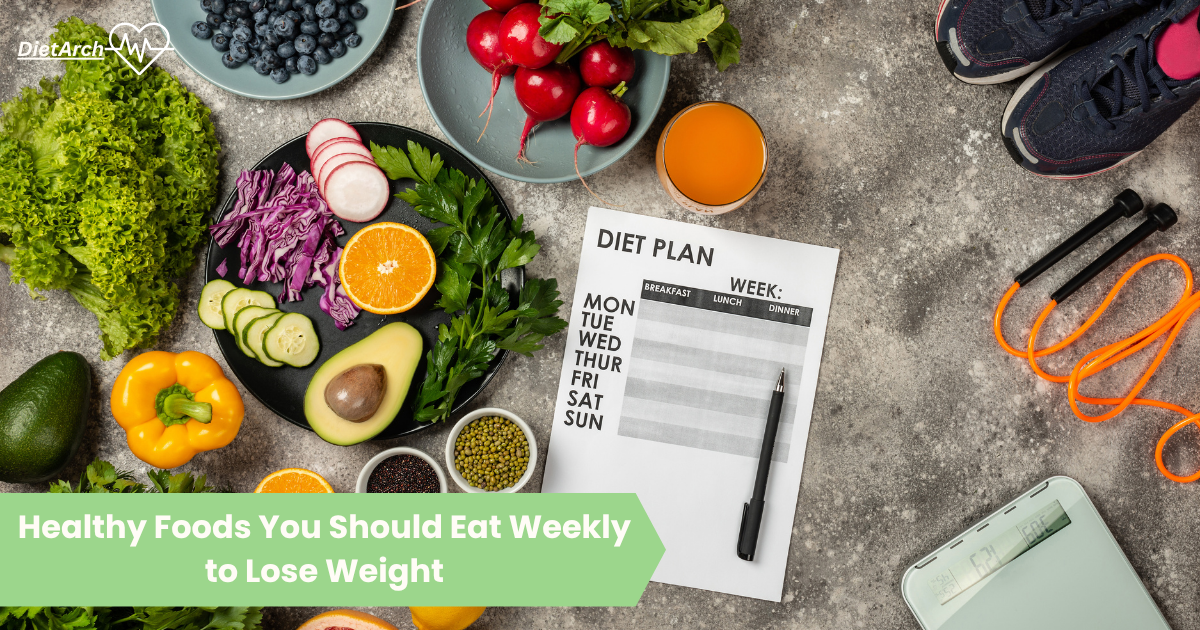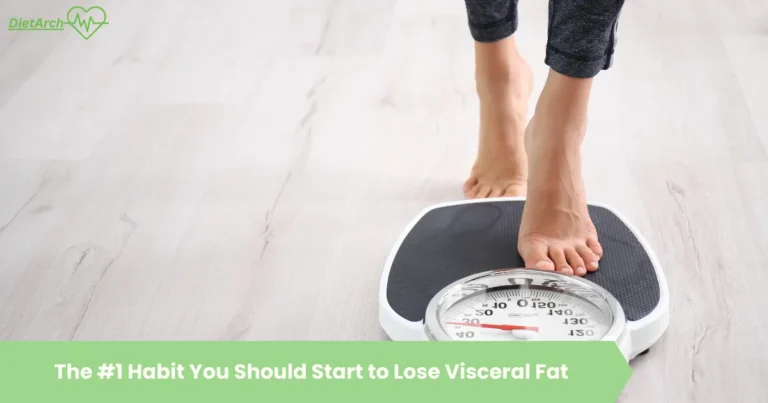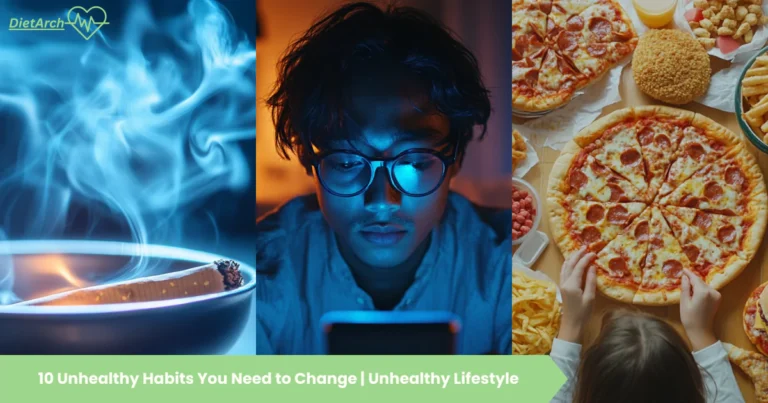Healthy Foods | Eat Every Week to Lose Weight for Effective Fat Loss
Eating a balanced mix of healthy food -lean protein, whole grains, non-starchy vegetables, fruits, healthy fats, legumes, fermented foods, and hydrating beverages each week supports sustainable fat loss and overall health. This guide explains why these foods work, how to integrate them, and includes a simple weekly meal plan. If healthy weight loss is your goal this guide is for you.
Key Takeaways
Healthy Food Groups for Weight Loss
Building a meal plan for slow, steady weight loss means picking foods that fill you up without blowing your calorie budget. When you choose wisely, it’s easier to notice when you’re actually full and avoid eating too much.
The Foundation: Lean Protein Sources
Protein curbs hunger and preserves muscle during weight loss. Include these weekly:
Food | Serving Size | Protein per Serving |
Chicken breast | 3 oz | ~26 g |
Salmon | 3 oz | ~22 g |
Eggs | 1 large | ~6 g |
Greek yogurt | 3/4 cup | ~15 g |
Tofu | 3 oz | ~8 g |
Aim for roughly 1.2–2.0 grams of protein per kilogram of body weight weekly.
Fiber-Rich Whole Grains
Whole grains slow digestion and steady blood sugar:
These add fiber, nutrients, and gentle, lasting energy. Eat these popular foods weekly for optimal health.
Non-Starchy Vegetables
Non-starchy vegetables provide bulk and nutrients with few calories:
Vegetable | Fiber (g/cup) | Key Benefits |
Spinach | 0.7 | Iron and vitamins |
Broccoli | 2.4 | Vitamin C and detoxors |
Carrot | 3.6 | Beta-carotene |
Zucchini | 1.1 | Hydrating, low-calorie |
Include at least two servings daily.
Fresh Fruits for Natural Sweetness
Fruits offer vitamins, hydration, and fiber:
Pair fruit with protein or healthy fat to balance natural sugars.
Healthy Fats in Moderation
Healthy fats support fullness and hormones:
Food | Portion | Type of Fat |
Avocado | 1/3 medium | MUFA + fiber |
Almonds | ¼ cup | PUFA + protein |
Olive oil | 1 tbsp | MUFA |
Include daily in small servings.
Legumes and Plant-Based Protein
Legumes combine protein and fiber:
Use in soups, salads, bowls, or veggie burgers.
Dairy Options for Protein and Satiety
Low-fat dairy snacks like plain Greek yogurt or cottage cheese are great for feeling full because they’re loaded with protein. That protein slows down digestion and keeps you from getting hungry too soon.
They also give you calcium, which you need for strong bones. Go for plain versions to dodge the extra sugar in flavored options.
If you want something sweet, toss some berries into your Greek yogurt. For something savory, pair cottage cheese with veggies or whole-grain crackers. Easy, tasty, and satisfying.
Fermented & Probiotic Foods
Gut health matters for weight loss:
Add a serving daily to support digestion.
Hydration & Metabolism Support
Fluids assist metabolism and hunger control:
Opt for calorie-free or low-calorie drinks.
Fruit-Based Snacks Over Processed Alternatives
Whole fruits have fiber and water, which fill you up and help with hydration. They give you vitamins, minerals, and natural sugars, so they’re way better than juice or processed snacks.
Frozen fruit is just as good as fresh, usually, and it’s convenient without any added sugar or weird stuff. Eating whole fruits instead of juice means fewer calories and no crazy blood sugar spikes.
Snacking on apples, berries, or oranges can help you avoid reaching for junk food. They’re low in calories but high in fiber—good for your waistline and your health.
Nutritional Strategies and Lifestyle Tips
Losing weight isn’t just about the food—it’s about your daily habits, too. Staying hydrated, picking the right fats, mixing up your nutrients, and moving more all work together for better health and weight control.
Hydration and Limiting Sodium Intake
Drinking enough water really matters for your metabolism and appetite. Water helps your body process food and get rid of waste. Most adults should aim for about 8 cups a day, but you might need more if you’re active or it’s hot outside.
Cutting back on salt helps lower your risk for high blood pressure and heart problems. Processed foods usually have a ton of sodium. Check the labels and try to stick with fresh or lightly processed stuff to keep your sodium down.
Balancing sodium with potassium is important for healthy blood pressure. Healthy foods like bananas, spinach, and beans are packed with potassium. This balance matters even more if you have diabetes or other health issues.
Managing Fats and Supporting Heart Health
Let’s be real—not all fats are created equal. Unsaturated fats in olive oil, nuts, and fish are good for your heart. They help keep cholesterol in check when you swap them for saturated fats.
Try to cut back on saturated fats from butter and fatty meats, since eating too much can raise your risk of heart disease and some cancers. Lean proteins and plant-based fats are better options.
Read those nutrition labels so you know what you are getting. Switching out saturated fats for unsaturated ones is a smart move for your heart and your waistline. Labels also help out people with gluten intolerance.
Boosting Nutrient Intake with Variety
Eating a wide variety of fruits, veggies, whole grains, and protein sources helps you get all the vitamins and minerals you need. Different colors in produce usually mean different nutrients, which is great for your body and can help prevent disease.
Fiber from grains, beans, and veggies keeps digestion on track and helps you feel full, so you are less likely to overeat.
Adding in legumes, lean meats, fish, and low-fat dairy gives you protein and other key nutrients. These healthy foods keep you energized and help your muscles recover—especially useful when you are losing weight.
Incorporating Exercise and Other Healthy Habits
Getting regular exercise really helps with weight loss and boosts your health overall—think better blood pressure and steadier blood sugar. Even just walking for half an hour most days? That can seriously lower your risk for diabetes and other long-term health issues.
Other habits matter too. If you don’t get enough sleep or let stress spiral, you’ll probably feel hungrier and less motivated. And let’s be honest, bad sleep just makes you crave junk food and slows down your metabolism.
Sample Diet Plan for weight loss
Day | Breakfast | Lunch |
Monday | Oats with berries + yogurt | Grilled chicken salad |
Tuesday | Veggie omelet | Quinoa & black bean bowl |
Wednesday | Spinach smoothie with banana | Tuna salad wrap |
Thursday | Greek yogurt with chia & fruit | Chickpea salad |
Friday | Eggs + spinach on whole-wheat toast | Salmon + kale + barley |
Saturday | Veggie omelet + avocado | Lentil and veggie stew |
Sunday | Overnight oats + mixed fruit | Vegetable and bean bowl |
This plan provides around ~1500 calories/day with ~80g protein and ~30g fiber.
In a nutshell
Your weekly healthy food rotation should include:
Use the checklist each week, monitor portions and macros, and adjust to your calorie goals. Track your progress and enjoy a sustainable, healthful fat-loss journey!




